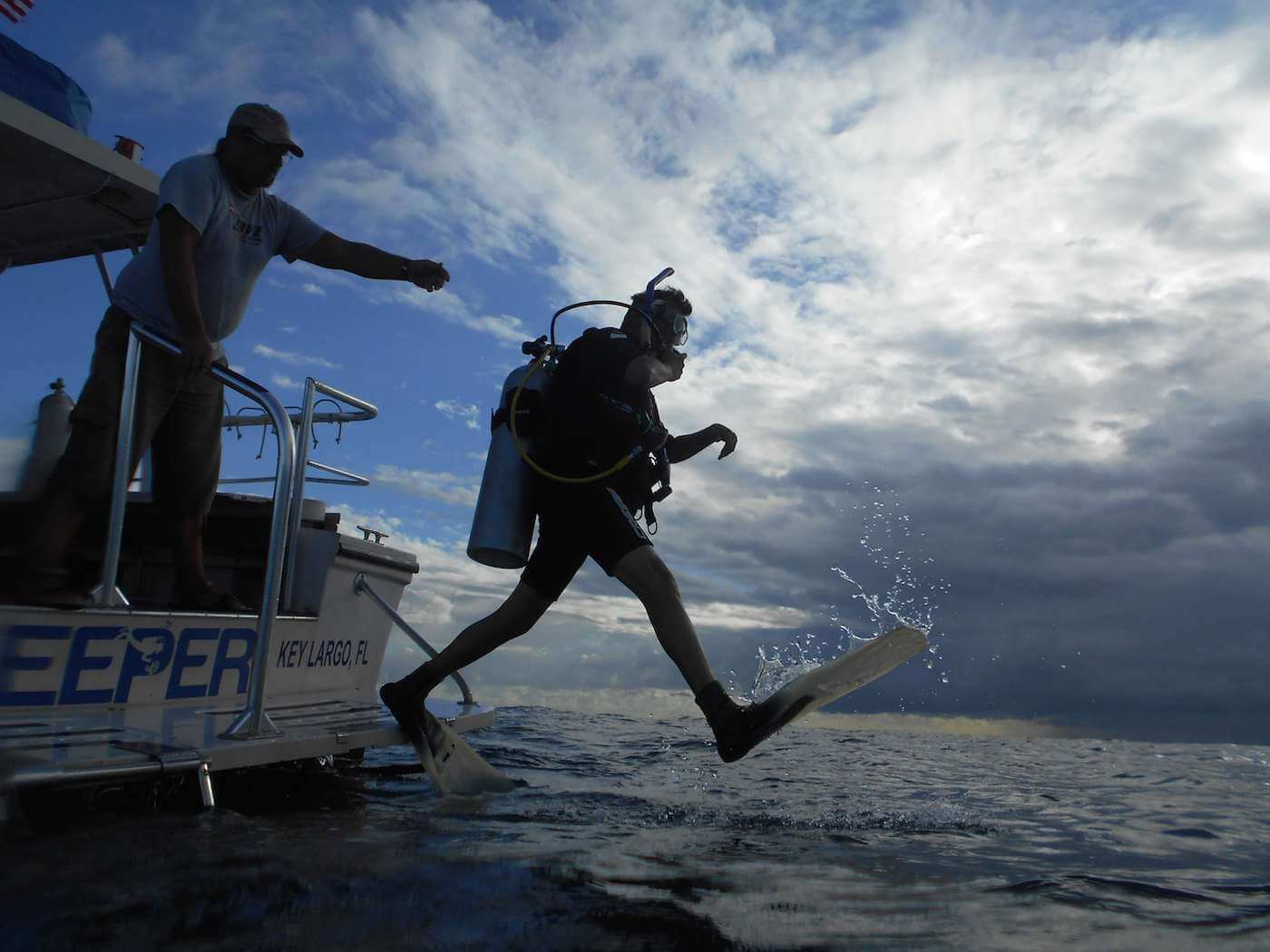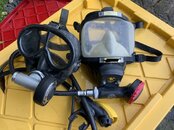Irritatingly enough, the answer to whether there is "increased air consumption," is both yes and no.I keep seeing this "increased air consumption" being thrown around when talking about "FFM Cons". Where does the data come to support this?
Not all full face masks are alike in design or function.
While the ScubaPro mask, mentioned in the previous thread, is a nice FFM, it is of a simple "on demand" design (that is, only delivering air upon inhalation and generally involving little to no more air consumption than standard scuba), with a conventional regulator stem fixed to the mask interior by cable ties, with or without a mouthpiece, just like the old Cyklon / Turbulent Tauchtechnik models of decades past, rather than, say, a positive pressure FFM, such as the Poseidon Atmosphere with an integral "Jetstream PP" second stage, which incrementally free-flows into the mask's interior, whether one is actively breathing or not, both for anti-fogging; for venting and the minimization of any potential CO2 buildup; and to further protect a diver from suspect waters, by isolating his or her face from the outside.
Positive pressure masks consume more air, by their very design -- though that is not to be confused with novice FFM use of either form, who will invariably tend to consume more air out of sheer unfamiliarity, until they grow more comfortable with the masks . . .







